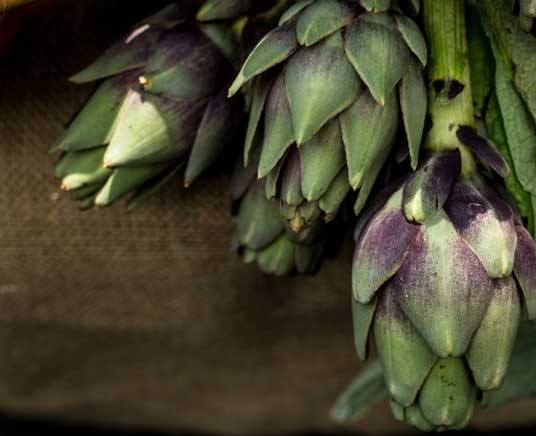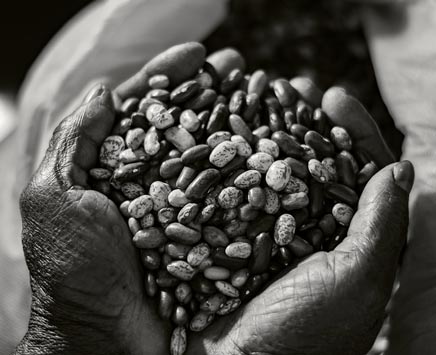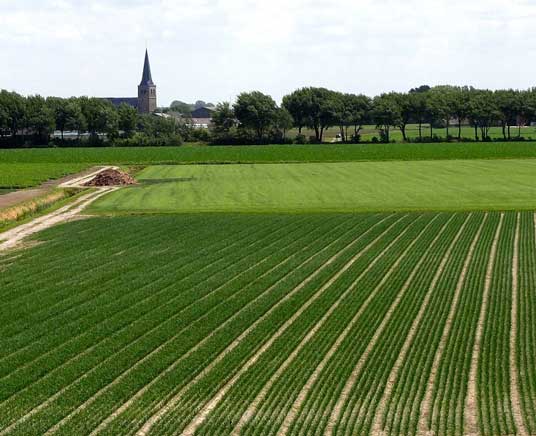More Reading
thanks to all people who publish

Drawing the blueprints for a sustainable agroecological transition.
The Transformative Partnership Platform (TPP) on Agroecology and its partners are pleased to invite you to a virtual event on 15 July to discuss policies for transitions to agroecological food systems.

Agroecology in support of crop protection and the control of zoonoses
Agroecological crop protection reduces the risks of the emergence of viral zoonoses, according to a study published by researchers from CIRAD in Science of the Total Environment . This analysis of 300 scientific articles indicates that applying the principles of agroecology to crop protection methods tends to reduce the risk of viral zoonoses, while improving animal welfare, biodiversity and resilience to climate change.

The impact of a community farm on community social cohesion: the case of CoFarm
Reduce our dependence on the global economy and replace it with household and local economies , we reduce the demand that drives current inequities.

Global Biodiversity Framework
Global Dialogue on the role of food and agriculture in the Post Global Biodiversity Framework